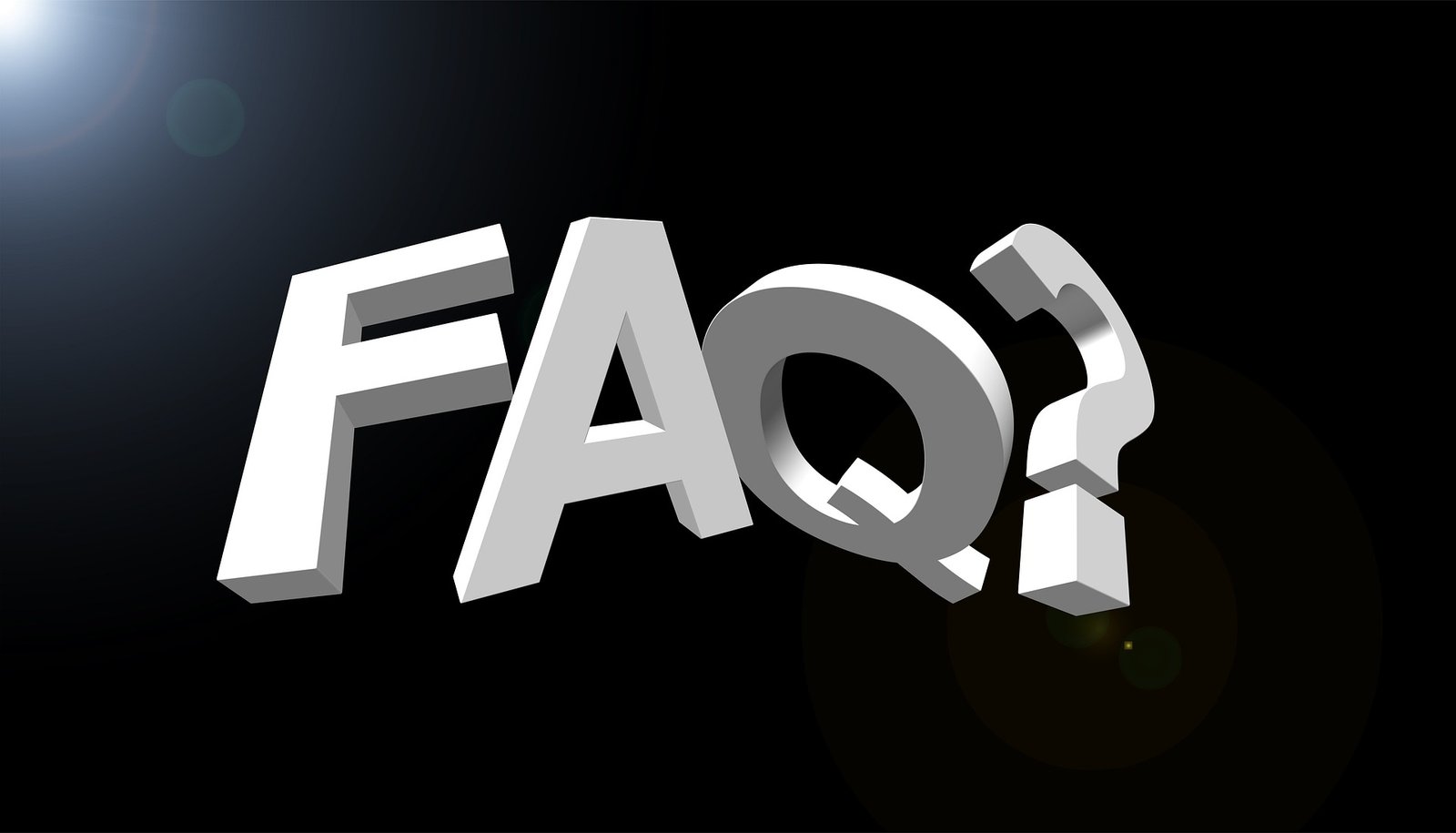Plantar Fasciitis and back pain can be debilitating, causing discomfort and hindering mobility. Understanding the root cause of these ailments is crucial to their diagnosis and treatment. In this blog, we will dive into the what, why, and how of these conditions. We will explore the connections between them, including how lower back pain could trigger plantar fasciitis and how sciatica plays a role in its development. We’ll also cover the diagnostic methods used by medical professionals to identify these conditions and various treatment options that are available for relief. Finally, we’ll discuss how effective management can prevent future episodes of both plantar fasciitis and back pain, providing you with a comprehensive understanding of these conditions so that you can take steps towards healing yourself.
Understanding Plantar Fasciitis
Plantar fasciitis, the most common cause of heel pain, originates from the thick band of tissue running across the bottom of the foot. Understanding its causes is crucial for treatment as chronic plantar fasciitis can lead to severe discomfort. Proper arch support is essential for managing this painful condition, which can result in higher levels of low back disability during extended work hours. Additionally, the heel bone, ligaments, and Achilles in the foot are particularly susceptible to periods of time affected by painful foot conditions like plantar fasciitis.
The Origins and Causes of Plantar Fasciitis
Originating from inflammation of the plantar fascia, plantar fasciitis is often caused by overuse, walking on hard surfaces, and inadequate foot support. Common symptoms include numbness, stabbing pain, and discomfort, resulting from small tears in the plantar fascia. Those at a higher risk include factory workers, athletes, and individuals with medical conditions. Chronic heel pain can result from untreated plantar fasciitis, making it essential for early recognition and treatment to prevent further complications.
Symptoms and Recognition of Plantar Fasciitis
Heel pain, particularly during the initial steps in the morning, is a common indicator. Pain from this common foot condition may spread from the heel to the foot’s arch. Routine activities like walking or standing can exacerbate plantar heel pain. Towel stretches, orthotics, and physical therapy can offer relief from the painful condition. Chronic plantar fasciitis can significantly impact mobility and quality of life. This painful condition can lead to higher levels of low back disability if left untreated.

Back Pain and Its Connection to Plantar Fasciitis
Individuals with chronic plantar fasciitis may experience higher levels of low back disability, leading to complications in the spine. The arch of the foot and calf muscles can play a crucial role in providing relief from back pain. Furthermore, plantar heel pain could result in an altered posture, gait, and overall mobility, potentially exacerbating back issues. It’s essential to recognize the interconnection between foot pain and back problems, as addressing one can positively impact the other over extended periods of time.
How Lower Back Pain Could Be a Trigger for Plantar Fasciitis
The compression of the sciatic nerve due to lower back pain can exacerbate symptoms of plantar fasciitis. Back pain can also lead to poor posture and gait, contributing to discomfort in the bottom of the foot. Inflammation resulting from back problems can affect the plantar fascia, causing a painful condition. Individuals experiencing back pain should seek appropriate arch support to prevent plantar fasciitis and consider corticosteroid injections and conservative treatments for relief. This connection underscores the importance of addressing both back pain and foot pain to maintain overall health.
Sciatica’s Role in Plantar Fasciitis
When back problems cause sciatica, the lower extremities and the sole of the foot can experience pain. Sciatic nerve involvement can exacerbate symptoms of plantar fasciitis, leading to discomfort in the bottom of the foot. This occurs due to compression of the sciatic nerve caused by back pain. Therefore, it is crucial to manage sciatica to address both plantar fasciitis and back pain effectively. Identifying the underlying cause of sciatica is essential for targeted and successful treatment.
Diagnosing Plantar Fasciitis and Back Pain
Identifying discomfort in the bottom of the foot linked to periods of time when lower-back pain is present requires thorough diagnostic methods. Proper diagnosis of painful conditions like plantar fasciitis involves physical exams and imaging tests. Medical history, symptoms, and physical assessments play a crucial role in identifying heel bone and foot pain. Comprehensive evaluation of back pain and foot discomfort is crucial for accurate diagnosis, with podiatrists and orthopedic specialists playing key roles. Accurate diagnosis is essential for effective treatment and preventing future episodes of plantar fasciitis and back pain.

Key Diagnostic Methods for Plantar Fasciitis
Key Diagnostic Methods for Plantar Fasciitis: Identifying inflammation and thickening of the plantar fascia can be achieved through ultrasound and MRI scans. Gait analysis and foot pressure mapping are valuable tools for diagnosing plantar heel pain. Physical therapists utilize mobility assessments to evaluate the impact of plantar fasciitis, while identification of small tears and inflammation in the plantar fascia aids in the diagnostic process. Understanding these diagnostic methods is essential for effective management of this painful condition.
Identifying Back Pain Linked to Plantar Fasciitis
Lower back discomfort accompanied by plantar fasciitis might hint at underlying spine issues. Recognizing the correlation between back pain and plantar fasciitis symptoms remains critical. Pinpointing the cause of back pain is essential for targeted treatment strategies. A comprehensive approach to diagnosing back pain associated with plantar fasciitis is crucial. Collaboration between experts in podiatry and back pain is vital for accurate diagnosis.
Treatment Options
When addressing plantar fasciitis and back pain, various treatment options exist to alleviate discomfort and improve overall quality of life. Conservative measures, like stretching and orthotics, effectively relieve plantar fasciitis, while physical therapy and massage help mitigate back pain and foot discomfort. Lifestyle modifications, including proper footwear, play a crucial role in managing both conditions. For severe cases, corticosteroid injections and orthopedic interventions provide relief. Understanding these treatment options is essential to enhancing the well-being of individuals experiencing these painful conditions.
First-line Treatments for Plantar Fasciitis Relief
Stretching exercises play a crucial role in alleviating foot pain by promoting flexibility and reducing stress on the heel bone and ligaments. Applying ice to the painful area reduces inflammation of the plantar fascia, providing relief from foot pain. Selecting supportive shoes with good arch support is essential for addressing this painful condition, effectively distributing pressure across the bottom of the foot. Over-the-counter pain medications offer temporary relief from the discomfort associated with plantar heel pain, ensuring comfort during work hours. Avoiding activities that worsen the pain promotes healing and prevents higher levels of low back disability.
Therapeutic Approaches for Back Pain Reduction
Therapeutic approaches for reducing back pain include physical therapy to improve lower back mobility and decrease discomfort. Emphasizing proper posture and body mechanics is crucial for managing back pain effectively. Additionally, massage therapy offers relief from chronic back issues, while heat therapy, such as using a heating pad, can alleviate lower back pain. For individuals with inflammation and severe back pain, corticosteroid injections may be recommended as part of the treatment plan. These therapeutic interventions aim to address back pain and enhance overall well-being.
Can Effective Management Prevent Future Episodes of Plantar Fasciitis and Back Pain?
Effective management strategies play a crucial role in preventing future episodes of these painful conditions. Regular stretching and strengthening exercises, maintaining a healthy weight, using proper arch support and orthotics, avoiding high-impact activities, and managing medical conditions can all help reduce the risk of recurring discomfort.

Are there any natural remedies or alternative therapies that can help with plantar fasciitis and back pain?
Natural remedies and alternative therapies can offer relief for plantar fasciitis and back pain. Consider incorporating stretching and strengthening exercises, such as yoga or Pilates, into your routine. Acupuncture, massage therapy, and chiropractic care may also provide additional benefits. Wearing supportive footwear and using orthotic inserts can aid in managing plantar fasciitis discomfort. Remember to consult with a healthcare professional before trying any natural remedies or alternative therapies.
How does weight affect both conditions, and what can be done to manage it?
Excess weight can worsen plantar fasciitis and back pain. Effective management involves losing weight through exercise and a healthy diet. Low-impact exercises like swimming or cycling can help strengthen muscles without worsening pain. Consult with a healthcare professional for personalized advice on managing weight-related pain.
Can physical therapy be effective for treating both conditions together?
Physical therapy can effectively treat both conditions. Targeted exercises for core muscles can reduce back pain and improve foot function. Stretching and strengthening exercises can alleviate inflammation and pain in the plantar fascia. Consult a physical therapist for personalized treatment plans.

Conclusion
In conclusion, understanding the connection between plantar fasciitis and back pain is crucial for accurate diagnosis and effective treatment. Plantar fasciitis, caused by inflammation of the plantar fascia, can often lead to compensatory movements and postural imbalances that contribute to lower back pain. Identifying and addressing these underlying issues can significantly improve overall outcomes and prevent future episodes. Diagnostic methods such as physical examination, imaging tests, and medical history play a vital role in diagnosing both plantar fasciitis and back pain.
Treatment options include a combination of first-line treatments for plantar fasciitis relief and therapeutic approaches for back pain reduction. Effective management and preventative measures, such as stretching exercises, proper footwear, and maintaining a healthy weight, can help minimize the risk of recurring plantar fasciitis and back pain. Remember, early intervention and a holistic approach are key to achieving long-term relief and optimal musculoskeletal health.
I hope you found this article helpful and please feel free to comment and share.
Thanks for reading!
 | Tracy J. Founder, The heel GP |
